17th Century William and Mary Kingwood Strongbox, with Gilt Brass
SOLD
Request Information
Follow Us
17th Century William and Mary Kingwood Strongbox, with Gilt Brass
A 17th century William and Mary Kingwood strongbox, with gilt brass straps. This strongbox has to be one of the most charming and certainly the smallest example we have encountered, at just 17.5 cm high, 28 cm wide and 18 cm deep. A strongbox of similar merit form and style resides at Burghley House in ‘The 1st George State Room.
The box appears decorative, but it was also very difficult to break open or steal. It has a strong lock to the centre and two bolts concealed in the sides, so that it could be screwed down into floorboards if necessary or that of a horse-drawn carriage. Strong-boxes veneered in oysters of Princewood such as this were luxury objects.
The Cabinet-makers who would have constructed and veneered the carcase apparently sold them, often using tropical hardwood veneers, and mounted it with sets of mounts, handles and locks bought in from brass founders. The elaborate veneering and conspicuous gilded brass mounts show that the appearance of these objects was important.
Thomas Pistor, of Ludgate Hill, London worked with the renowned cabinetmaker Gerrit Jensen. Gerrit Jensen supplied a walnut-veneered ‘strongbox’ to Colonel James Grahame in 1668, Levens Hall. It is recorded that Thomas Pistor’s remaining stock was sold off post his death in 1711, included ‘three fine Prices wood strongboxes’.
Condition
Fabulous original condition with a wonderful patina.
Provenance
Literature
Dimensions
PREVIOUSLY SOLD
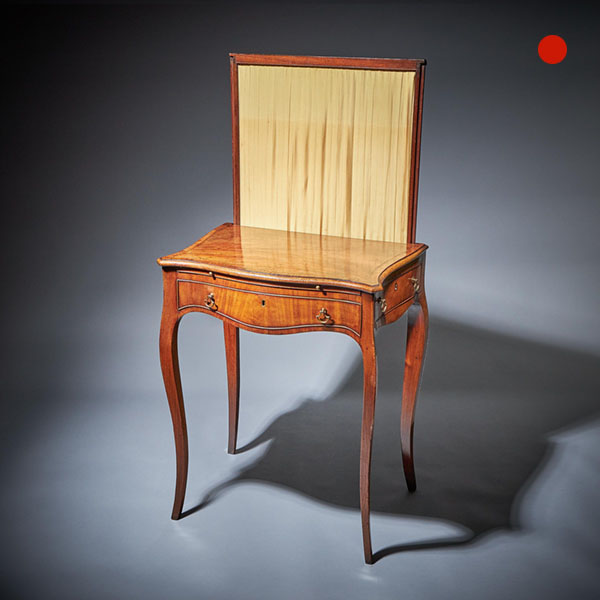
18th Century George III Chippendale Mahogany and Tulipwood Writing Table, C1770
18th Century George III Chippendale Mahogany and Tulipwood Writing Table, C1770 SoldFollow Us18th...
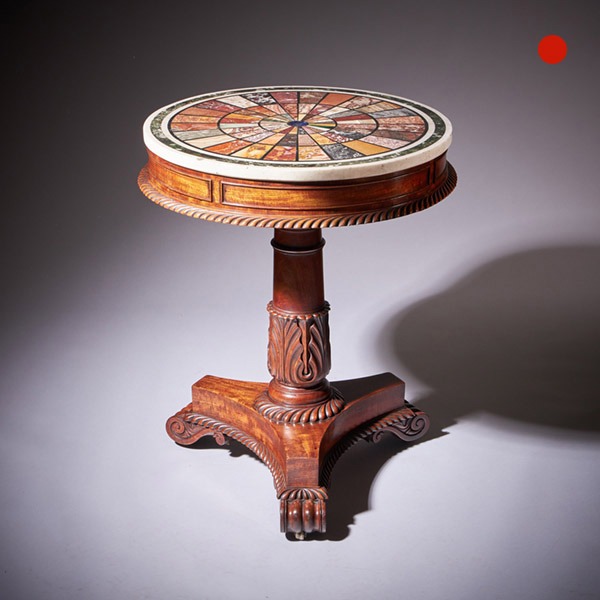
A Gillows George IV Regency Carved Mahogany Grand Tour Specimen Marble Table
A Gillows George IV Regency Carved Mahogany Grand Tour Specimen Marble Table SoldFollow UsA...
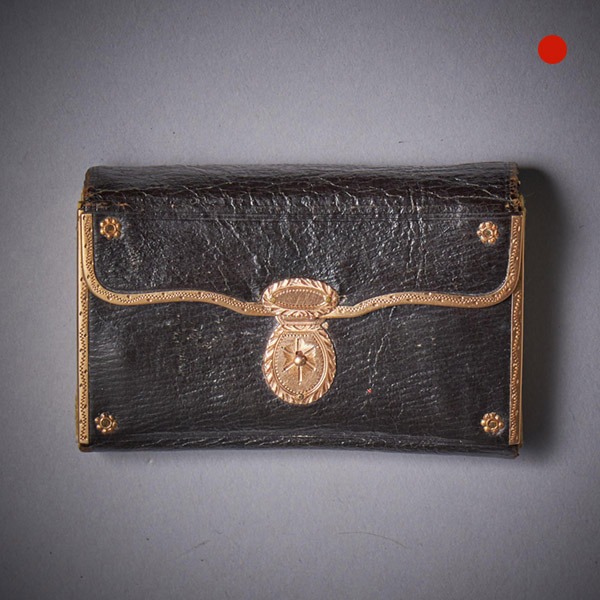
From Queen Charlotte A Rare Miniature Gold Mounted George III Almanack
From Queen Charlotte, A Rare Miniature Gold Mounted George III Almanack Sold[wpforms_selector form_id="11387" show_title="on" _builder_version="4.22.1" _module_preset="default" custom_margin="-30px||||false|false"...
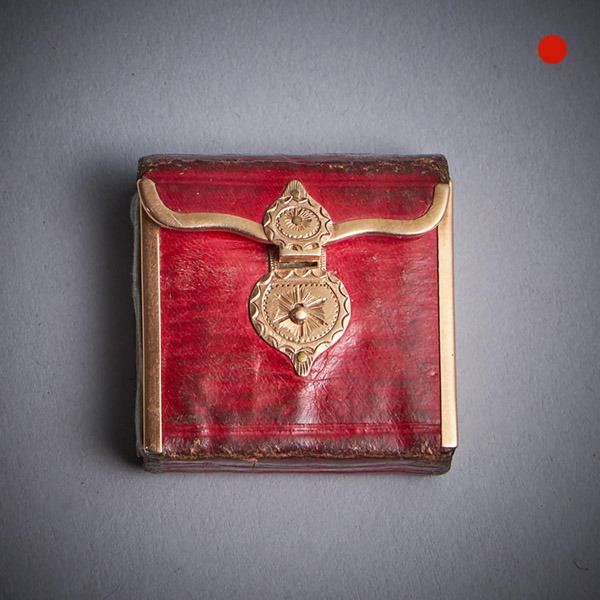
From Queen Charlotte, A Rare Miniature Gold Mounted George III Almanack, 1817
From Queen Charlotte, A Rare Miniature Gold Mounted George III Almanack, 1817 Sold[wpforms_selector form_id="11387" show_title="on" _builder_version="4.22.1" _module_preset="default" custom_margin="-30px||||false|false"...
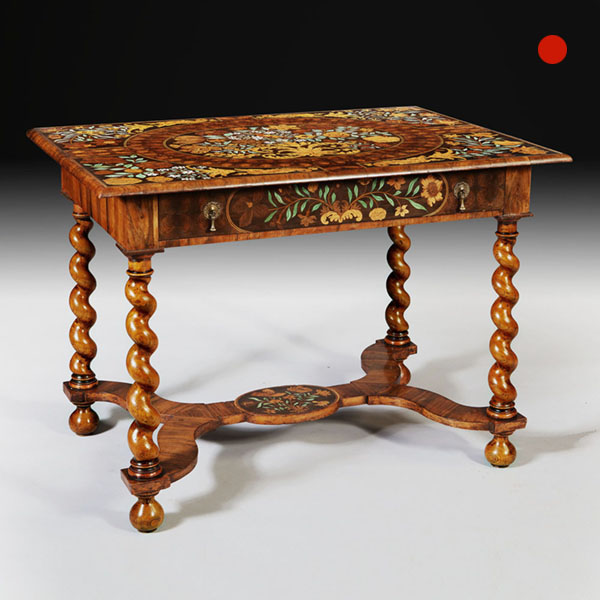
Charles II Olive Oyster Floral Marquetry Table
Attributed to GERRIT JENSEN (worked c.1680-1715) Charles II Olive Oyster Floral Marquetry Table 1680 to 1683 England Sold[wpforms_selector form_id="11387" show_title="on" _builder_version="4.22.1" _module_preset="default"...

A Fine 18th Century George II Mahogany Pie-Crust Tripod Table, Circa 1750
A Fine 18th Century George II Mahogany Pie-Crust Tripod Table, Circa 1750 Sold[wpforms_selector form_id="11387" show_title="on" _builder_version="4.22.1" _module_preset="default" custom_margin="-30px||||false|false" global_colors_info="{}"...

18th Century George III Chippendale Mahogany and Tulipwood Writing Table, C1770
18th Century George III Chippendale Mahogany and Tulipwood Writing Table, C1770 SoldFollow Us18th...

A Gillows George IV Regency Carved Mahogany Grand Tour Specimen Marble Table
A Gillows George IV Regency Carved Mahogany Grand Tour Specimen Marble Table SoldFollow UsA...

From Queen Charlotte A Rare Miniature Gold Mounted George III Almanack
From Queen Charlotte, A Rare Miniature Gold Mounted George III Almanack Sold[wpforms_selector form_id="11387" show_title="on" _builder_version="4.22.1" _module_preset="default" custom_margin="-30px||||false|false"...

From Queen Charlotte, A Rare Miniature Gold Mounted George III Almanack, 1817
From Queen Charlotte, A Rare Miniature Gold Mounted George III Almanack, 1817 Sold[wpforms_selector form_id="11387" show_title="on" _builder_version="4.22.1" _module_preset="default" custom_margin="-30px||||false|false"...

Charles II Olive Oyster Floral Marquetry Table
Attributed to GERRIT JENSEN (worked c.1680-1715) Charles II Olive Oyster Floral Marquetry Table 1680 to 1683 England Sold[wpforms_selector form_id="11387" show_title="on" _builder_version="4.22.1" _module_preset="default"...

A Fine 18th Century George II Mahogany Pie-Crust Tripod Table, Circa 1750
A Fine 18th Century George II Mahogany Pie-Crust Tripod Table, Circa 1750 Sold[wpforms_selector form_id="11387" show_title="on" _builder_version="4.22.1" _module_preset="default" custom_margin="-30px||||false|false" global_colors_info="{}"...
YOU MAY ALSO LIKE
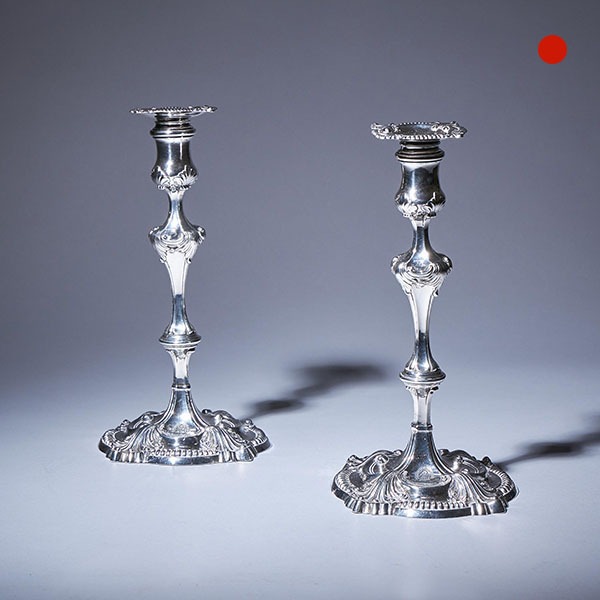
Pair of 18th Century George III Silver Candlesticks by David Bell, London, 1762
Pair of 18th Century George III Silver Candlesticks by David Bell, London, 1762 Sold[wpforms_selector form_id="11387" show_title="on" _builder_version="4.22.1" _module_preset="default" custom_margin="-30px||||false|false"...
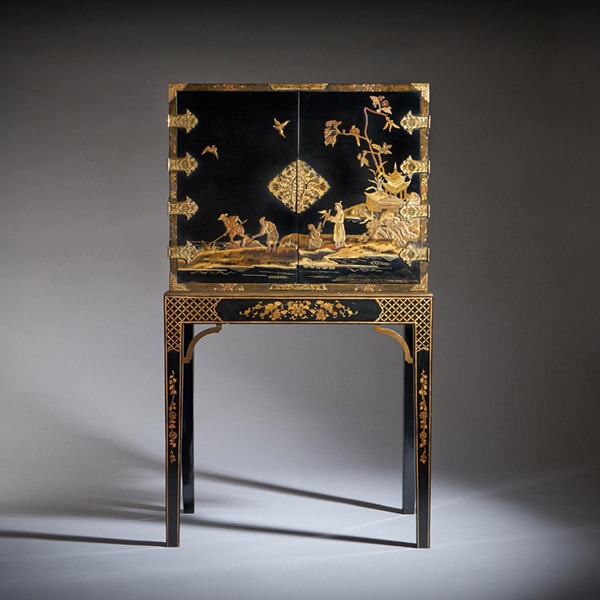
A Rare and Fine George III 18th Century Chinoiserie Lacquer Cabinet on Stand
A Rare and Fine George III 18th Century Chinoiserie Lacquer Cabinet on Stand £28,000Follow UsA...
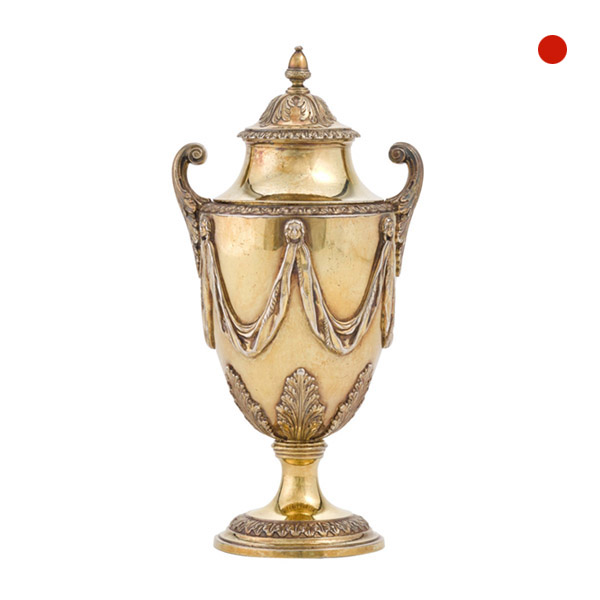
Robert Adam George III Silver Gilt Vase by Daniel Smith and Robert Sharp London
Robert Adam George III Silver Gilt Vase by Daniel Smith and Robert Sharp London Sold[wpforms_selector form_id="11387" show_title="on" _builder_version="4.22.1" _module_preset="default" custom_margin="-30px||||false|false"...
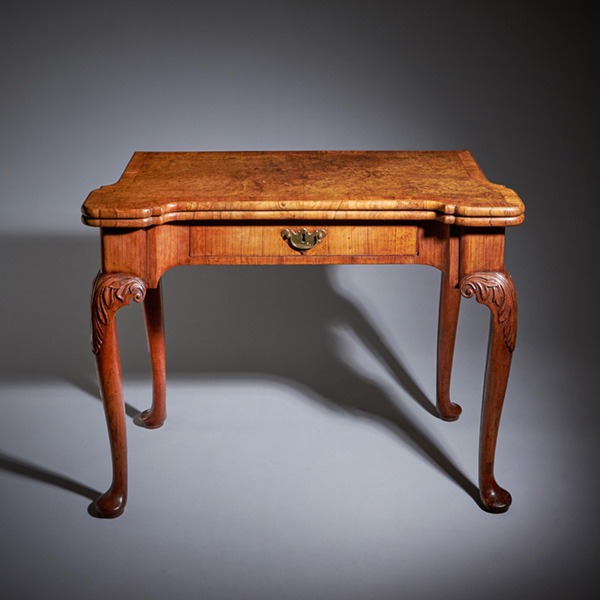
An Elegant and Rare George II Pollard Oak and Walnut Card Table, Circa 1740
An Elegant and Rare George II Pollard Oak and Walnut Card Table, Circa 1740 £15,900Follow UsAn...
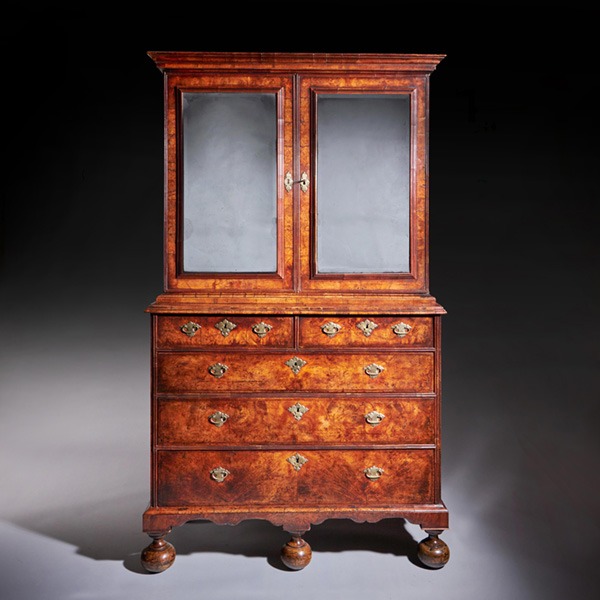
18th Century Queen Anne Burr Walnut mirrored Cabinet on Chest, Circa 1705-1715
18th Century Queen Anne Burr Walnut mirrored Cabinet on Chest, Circa 1705-1715 £32,900Follow...
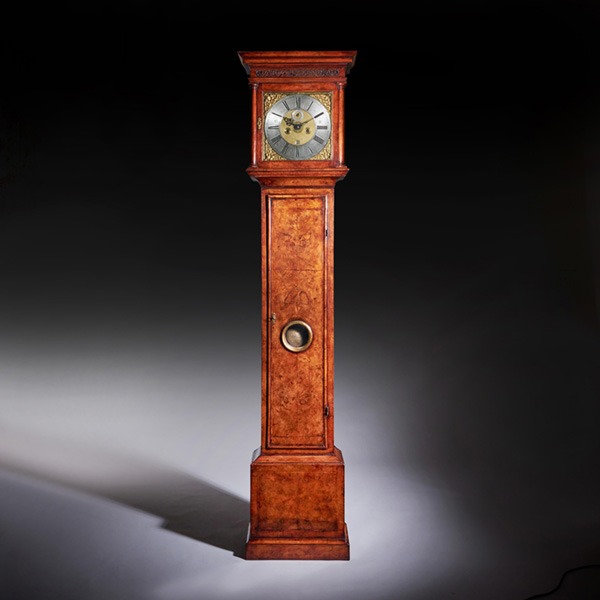
Fine 18th Century Queen Anne Burr Walnut Eight-Day Longcase Clock
Fine 18th Century Queen Anne Burr Walnut Eight-Day Longcase Clock £12,500Follow UsFine 18th...

Pair of 18th Century George III Silver Candlesticks by David Bell, London, 1762
Pair of 18th Century George III Silver Candlesticks by David Bell, London, 1762 Sold[wpforms_selector form_id="11387" show_title="on" _builder_version="4.22.1" _module_preset="default" custom_margin="-30px||||false|false"...

A Rare and Fine George III 18th Century Chinoiserie Lacquer Cabinet on Stand
A Rare and Fine George III 18th Century Chinoiserie Lacquer Cabinet on Stand £28,000Follow UsA...

Robert Adam George III Silver Gilt Vase by Daniel Smith and Robert Sharp London
Robert Adam George III Silver Gilt Vase by Daniel Smith and Robert Sharp London Sold[wpforms_selector form_id="11387" show_title="on" _builder_version="4.22.1" _module_preset="default" custom_margin="-30px||||false|false"...

An Elegant and Rare George II Pollard Oak and Walnut Card Table, Circa 1740
An Elegant and Rare George II Pollard Oak and Walnut Card Table, Circa 1740 £15,900Follow UsAn...

18th Century Queen Anne Burr Walnut mirrored Cabinet on Chest, Circa 1705-1715
18th Century Queen Anne Burr Walnut mirrored Cabinet on Chest, Circa 1705-1715 £32,900Follow...

Fine 18th Century Queen Anne Burr Walnut Eight-Day Longcase Clock
Fine 18th Century Queen Anne Burr Walnut Eight-Day Longcase Clock £12,500Follow UsFine 18th...









